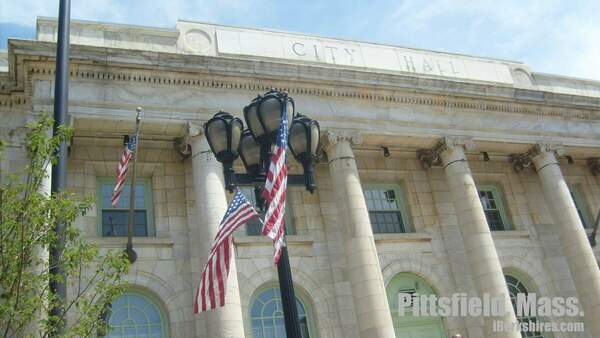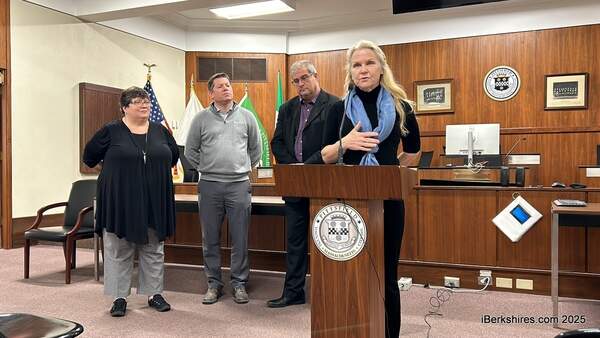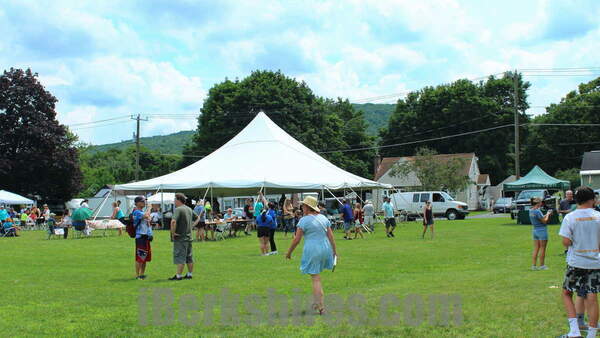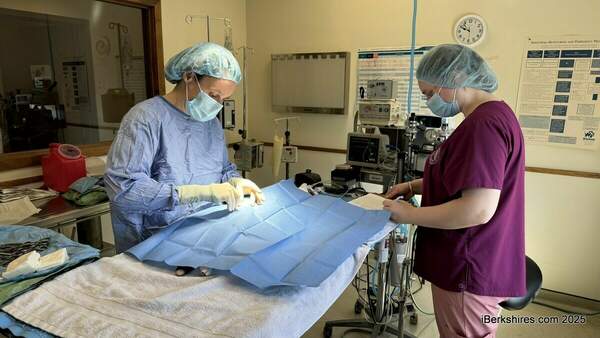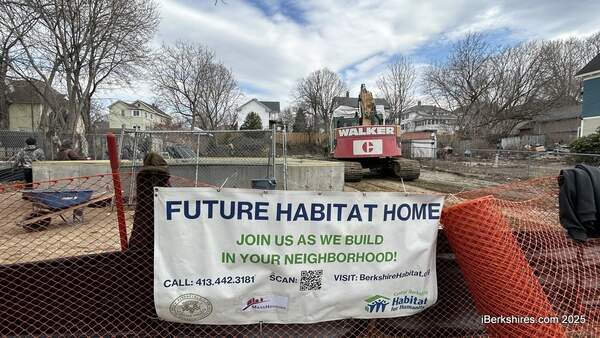
Data Shows North Street Bike Lanes Improve Safety
PITTSFIELD, Mass. — Members of the City Council aired their grievances on the North Street bike lanes on Tuesday night but data is showing that the lanes have improved safety.
Commissioner of Public Services and Utilities Ricardo Morales presented a road report for the corridor which showed a 77 percent crash decrease after the lanes were implemented.
This was in response to at-Large Councilor Karen Kalinowsky's request to investigate safety issues with the new bike lanes and the change in traffic pattern on North Street.
"One of the most important things, if not the most important thing for this project on North Street is the safety considerations and the impact safety had on North Street, on the users of all modes of transportation," Morales said.
In a 7-4 vote, the council sent a petition from Kalinowsky requesting to change the street back to its original design to Mayor Linda Tyer. At-Large Councilors Earl Persip III and Peter White, Ward 5 Councilor Patrick Kavey, and Ward 6 Councilor Dina Lampiasi voted in opposition.
In September 2020, the city received around $239,000 in a state Shared Streets and Spaces grant to support new bike lanes, curb extensions, vehicle lane reductions, and outdoor seating areas, and enhanced intersections for better pedestrian safety and comfort.
The first pilot program was implemented the following November and in February 2021 the Public Works Committee voted to keep the bike lanes and changes made to North Street.
Another grant of around $163,000 was received in April 2021 to create two parklets and double buffered bike lanes on both sides of the street and in the following June, the current iteration of the pilot project was done.
The city's worst crash count for all types of collisions was between October 2020 and March 2021 when there were 22 crashes. In the same period after implementation, there were only five crashes, which represents a 77 percent decrease.
From January to June of this year, there were eight crashes, as opposed to 16 in the same period last year.
From 2020 to 2021, crashes in the pilot corridor were down 53 percent. On the other hand, crashes throughout the whole city were up 19 percent and 23 percent in the state.
Morales displayed quotes from local first responders in support of the bike lanes and traffic pattern.
"These changes have had a positive impact regarding traffic incidents," Police Chief Michael Wynn said.
"The new pattern has also caused a decrease in speeding. Vehicles are no longer given the opportunity to change lanes and pass slower vehicles due to the elimination of the second lane of traffic."
Fire Chief Thomas Sammons said the bike lane gives vehicles a place to move during a code 3 response because before, if both lanes were occupied at a stoplight, there would be a delay until the cars found a safe place to move.
County Ambulance President Brian Andrews said the configuration has had no negative impact on its responses and has had some positive benefits. The first responders also see it as a safer option for bikes and e-scooters.
A user survey also resulted in 50 percent or more of respondents favoring the new configuration and bike activity is 4.5 times higher than last year.
Kalinowsky said cars can drive down the bike lane and that people ride on the sidewalk because they believe the lanes are unsafe. She has taken a stance against the bike lanes since they were implemented.
Ward 2 Councilor Charles Kronick told Morales that he needs an argument that takes into account the counterargument for the bike lanes and questions the data.
"I'm not against bike lanes," he said. "I'd like to see designing that brings back the traffic to our street, that does not get into taxpayers' pockets or grant pockets and is much more accommodative to our community traffic."
Ward 3 Councilor Kevin Sherman said he continues to have concerns about how this will help the corridor develop into a thriving commercial area. Morales responded by saying the city has been speaking with downtown business leaders and owners to get their ideas.
White said he would like to know how many of the councilors have actually used the bike lanes. In his experience, he feels much safer traveling in the buffered bike lane.
"We hear people are upset over it now and I get the same communications of people who are upset over it but actually a lot of people who say they like it better, they feel safer and that this is where cities and towns are going," he said.
"We need better signage. We need better painting. All things that you've brought up that you're consistently working on so I think we need to give this more time of having a walkable downtown, having a multimodal, safe downtown where everyone is welcome to be out there moving around."
Persip seconded White's suggestion for better markings and said business owners need to be more informed.
He recognized the increased safety from the change, referring to his time working on North Street.
"I'm supportive of the bike lanes. I think they're important and like I said, I experienced downtown for 24 years without and it was a racetrack," Persip said.
"And there was an accident outside of my office at least once a week."
He would like to see data that indicates if the crashes are getting pushed outside of the pilot area.
The improvements to North Street are part of a larger Bicycle Facilities Master Plan that aims to create a network of bike infrastructure throughout the city.
Pittsfield Bike Lane Report 2022 by iBerkshires.com on Scribd
Tags: bike lane, North Street,

